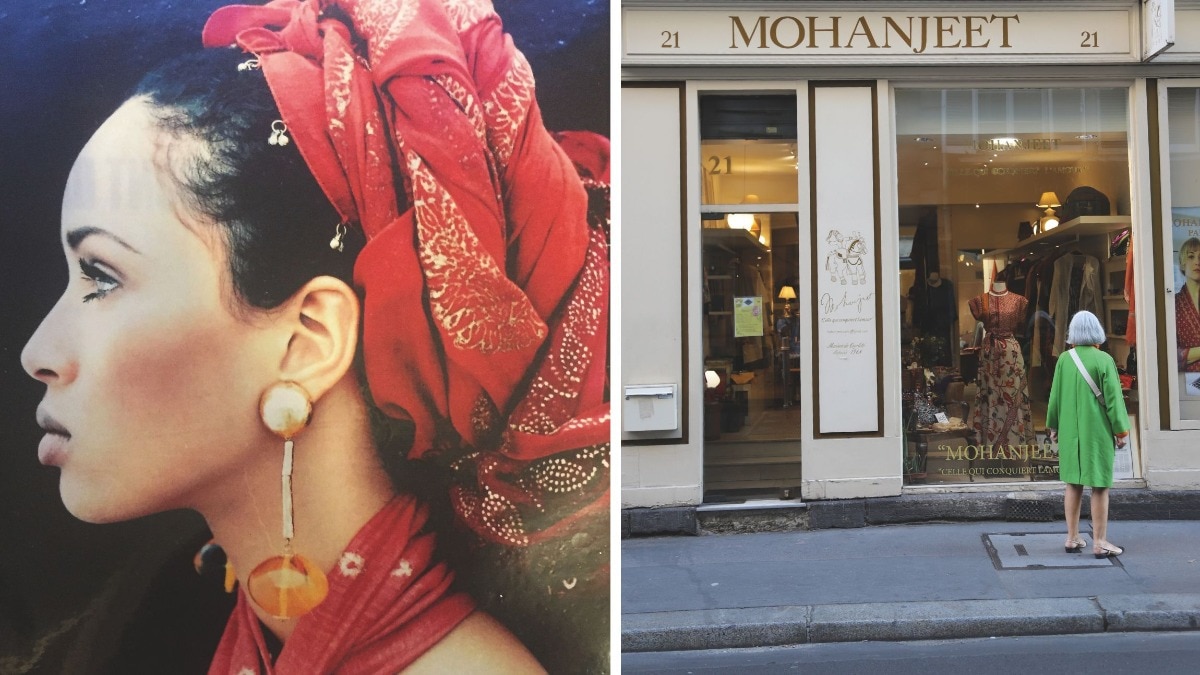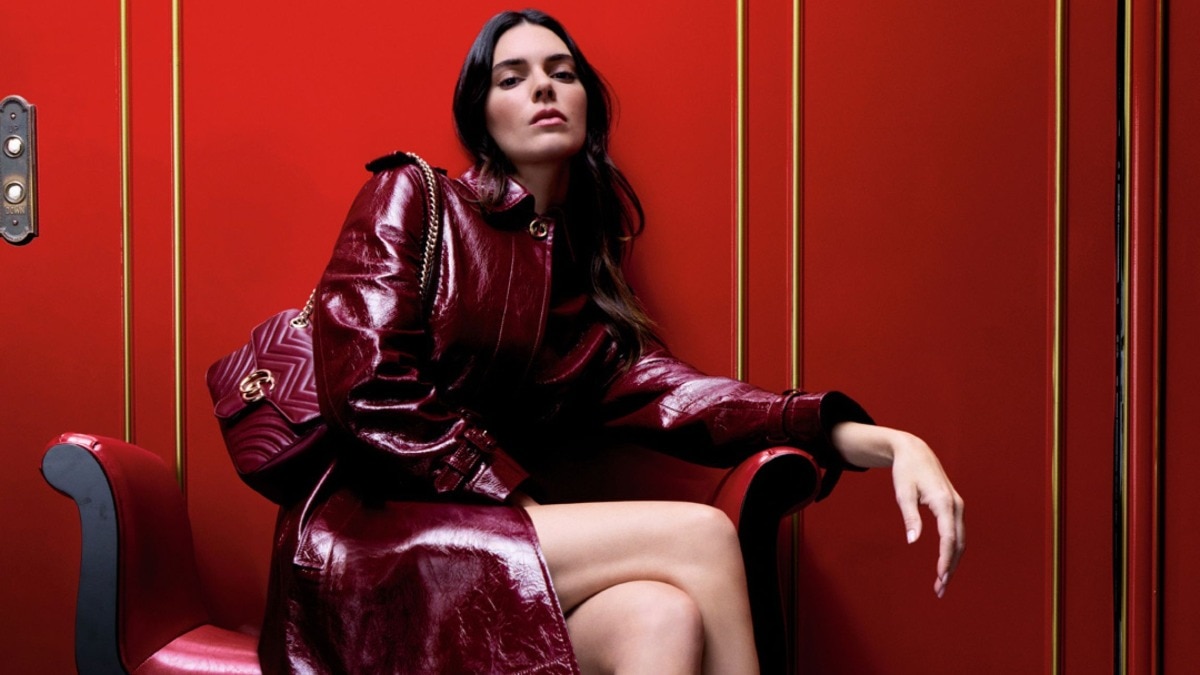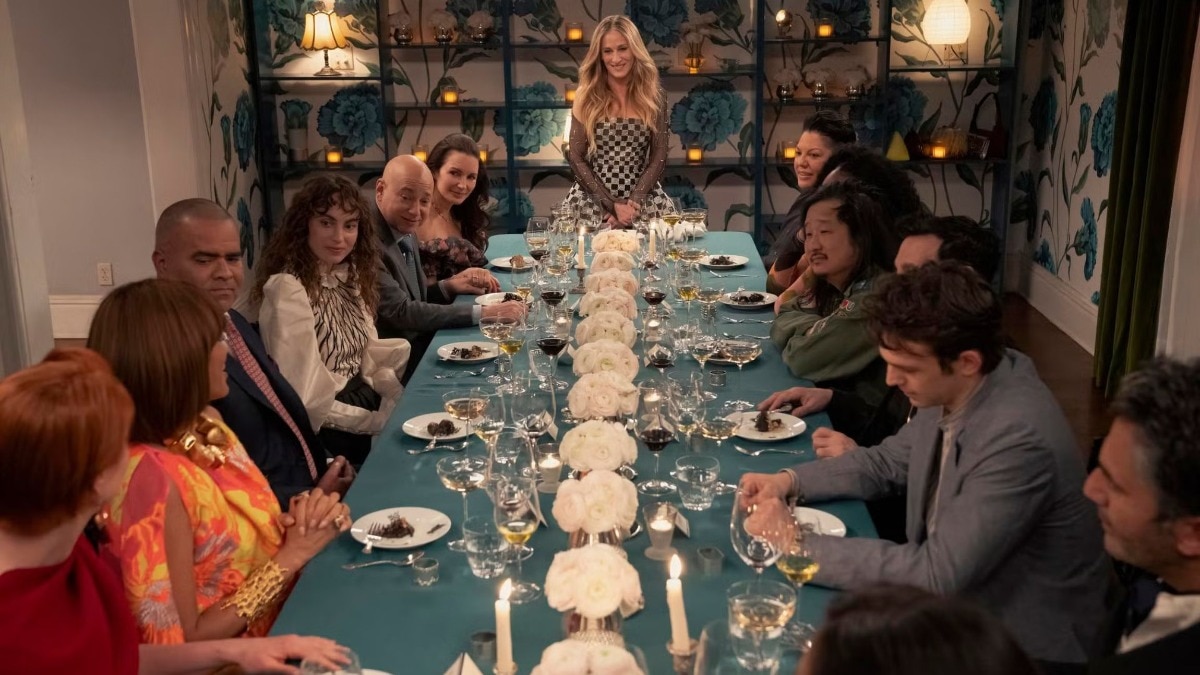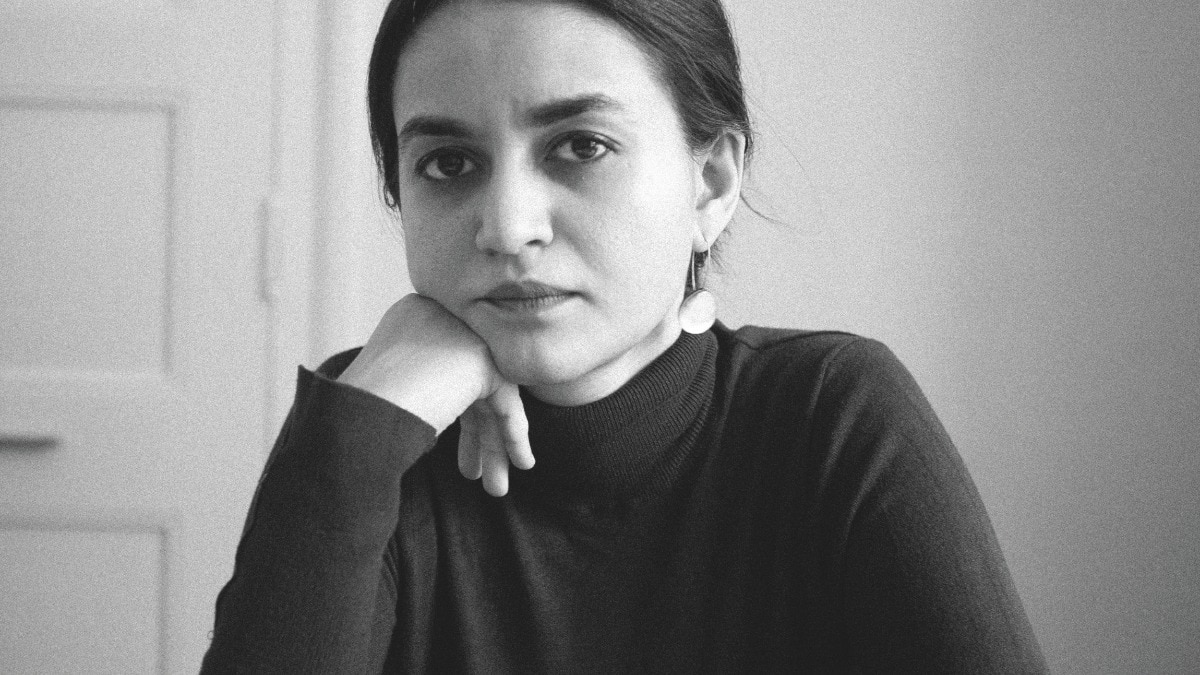From 'Sex and the City' and 'Succession', to 'Call Me Bae': How on-screen fashion has shaped culture, power, and identity
These shows have shaped and influenced the sartorial psyche and been trend-setters in their own space.


Fashion on screen has evolved beyond mere costuming into a powerful cultural narrative that influences how we perceive and engage with style. From Sex and the City to Emily in Paris, The Devil Wears Prada, and more recently Call Me Bae, fashion plays a central role in storytelling, reflecting character arcs, and even shaping trends. Last summer, Succession, became a focal point of discussion in fashion what with all the “quiet luxury” on display. Shows and films use wardrobe not just to dress characters but to make statements about identity, power, and culture. As audiences, we connect with these visual cues, finding reflections of our own aspirations and challenges, whether it’s Carrie Bradshaw’s daring mix of prints or Shiv Roy’s minimalist, power suits.
When Sex and the City premiered in 1998, it revolutionised how we think about television fashion. Costume designer Patricia Field famously remarked, “Fashion is the fifth character in Sex and the City”, and the show proved it. Carrie’s eclectic, experimental outfits reflected her dynamic personality—that was both whimsical and experimental. Carrie's fashion choices were more than just aesthetic, from tutu skirts and oversized flower corsages to Manolo Blahnik heels. They were a visual representation of her romanticism, rebellion, and sometimes, emotional vulnerability. In contrast, Samantha’s bold, sharp looks exuded confidence, and sexual freedom, while Miranda’s minimalist power suits spoke to her pragmatic, no-nonsense approach to life and career. Charlotte’s preppy, polished wardrobe symbolised her conservative ideals and desire for a traditional life. Each character’s evolution was mirrored by their fashion choices, offering viewers a deeper understanding of their emotional journeys. The show’s impact on fashion cannot be overstated—it introduced the high-low mix, where designer pieces were paired with accessible items, a trend that still resonates today. More than that, Sex and the City empowered women to embrace bold fashion choices as part of their self-expression.
Fast forward two decades, and we find another Patricia Field-led production in Emily in Paris. While the show has been criticised for its rose-tinted portrayal of Parisian life, its fashion has become a major talking point. Emily Cooper’s wardrobe—a riot of bold prints, statement accessories, and flamboyant ensembles—embodies the fantasy of an American girl navigating the ultra-chic Parisian world. Marylin Fitoussi, the show’s stylist, has stated, “Emily’s fashion is a reflection of her bubbly personality—optimistic, adventurous, and unapologetically colorful.” While Emily’s style is far from the understated elegance typically associated with Paris, it taps into the aspirational and escapist fantasy that fashion can offer. Her outfits provide a stark contrast to her French counterparts, creating a visual representation of her outsider status and her youthful optimism.
In The Devil Wears Prada, fashion becomes a currency of power and transformation. The film, loosely based on the experience of working for Anna Wintour, depicts the character Andy Sachs’s evolution from an unfashionable assistant to a high-powered figure within the world of high fashion. Costume designer Patricia Field, once again, used clothing to reflect this transformation, outfitting Andy in a series of increasingly chic, polished ensembles that symbolise her growing confidence and status in the fashion industry. As Andy’s wardrobe shifts from dowdy sweaters to sleek Chanel jackets and thigh-high boots, the audience witnesses the tension between personal authenticity and professional ambition. In this world, fashion is not merely decorative; it’s essential for survival. “Clothes in The Devil Wears Prada are about status,” Field noted. “They show who holds the power.” The film highlighted how fashion, far from being frivolous, is an armour for navigating high-stakes environments.
While many on-screen productions opt for extravagant, bold fashion statements, Succession has introduced a subtler, more insidious form of luxury: quiet luxury. In this series, which delves into the world of the ultra-wealthy Roy family, fashion is about understatement, precision, and exclusivity. The characters, particularly Shiv Roy and Kendall Roy, embody a form of wealth that isn’t flashy but speaks to those ‘in the know’. “Quiet luxury is about making wealth invisible, but in a way that still communicates power,” says Michelle Matland, the show’s costume designer. Brands like Loro Piana, Brunello Cucinelli, and The Row are showcased in the series—not with logos or overt branding but with fine fabrics, perfect tailoring, and muted colour palettes. This style has resonated beyond the screen, sparking a broader conversation about wealth and its representation in fashion, particularly among those looking to distance themselves from the logo-heavy aesthetics of past decades. The success of Succession has sparked a trend in fashion that highlights discretion over display, with pieces that only those in elite circles can identify. This notion of “stealth wealth” has influenced runways and street style, making quiet luxury the new aspiration.
The recent series Call Me Bae brings a fresh perspective, using fashion as a vehicle for self-discovery. The show’s protagonist, Bae, embarks on a journey through the world of luxury fashion while coming into her own. Stylist Arjun Bhasin explains, “Bae’s style is her emotional evolution—she starts off relying on designer labels for validation but gradually finds a style that reflects her personal power.” The narrative arc of Bae’s wardrobe parallels her internal growth, as her flamboyant choices give way to more refined, personal ensembles that reflect her newfound confidence and individuality. Here, fashion acts not only as a marker of status but as a tool for self-expression and transformation.
Fashion on screen serves as a critical storytelling device. Characters’ sartorial choices go beyond just aesthetics, offering audiences a visual vocabulary for ambition, identity, and transformation. As we watch, we are invited not only to appreciate the clothes but also to question what they say about who we are—and who we want to be.
Lead image: Netflix
Also read: 17 years later, 'The Devil Wears Prada' continues to serve fashion inspo for all
Also read: Outfits from 'Call Me Bae' that we can’t get enough of










